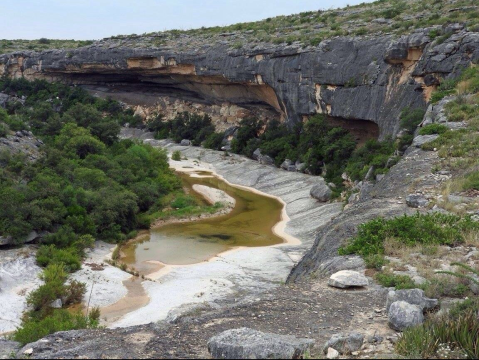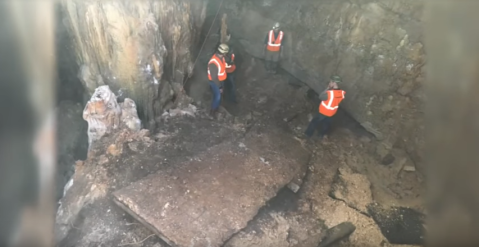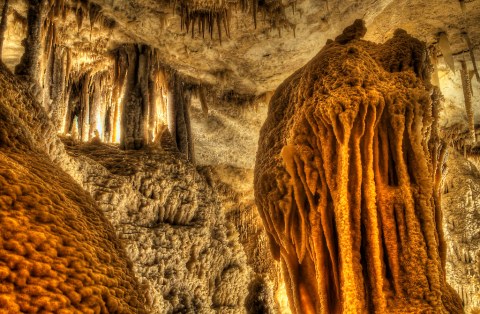7 Little Known Canyons That Will Show You A Side Of Texas You've Never Seen Before
We’re all familiar with the famous Palo Duro Canyon, but what if we told you there are several other canyons in Texas? That’s right – seven, to be exact. With towering rock falls, unique flora and fauna, and panoramic views that stretch as far as the eye can see, these hidden gems give you even more opportunities to see our state and feel on top of the world than you knew existed. So, without further ado, here are seven little-known canyons sure to show you a side of the Lone Star State you’ve never seen before.

Blanco Canyon is on the Caprock Escarpment of the Llano Estacado, or "Staked Plains," which is one of the largest mesas in the country. The White River eroded the rock until a canyon was formed. It runs for 34 miles, beginning in Floyd County and ending in Crosby County. History buffs will enjoy this fun fact - the area was used by Francisco Vasquez de Coronado and his army during their El Dorado expedition in 1541! There's a roadside park with facilities and hiking trails at the intersection of U.S. 82 and the White River, so stop by and do some exploring if you ever find yourself in the area.
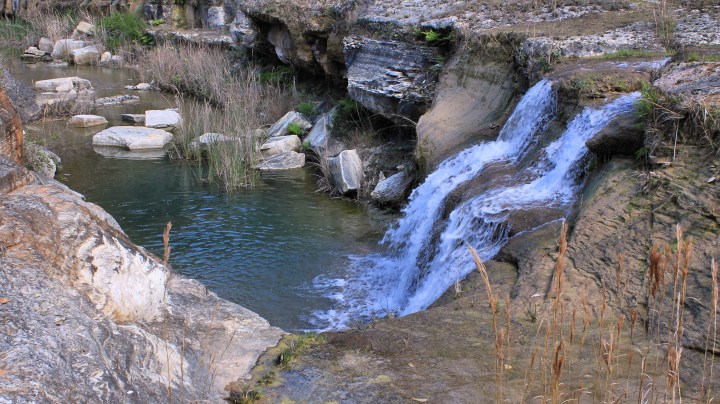
This mini canyon is a limestone gorge only about one mile long. It was exposed 15 years ago when the Guadalupe River flooded extensively and caused water to flow out of the Canyon Lake reservoir, removing sediment from the gorge. Fossils over 100 million years old, including a set of dinosaur tracks, can be seen in the mud - how neat is that? Tours are available, but only along a designated hiking route and with a tour guide from the Gorge Preservation Society. The limitation is an attempt to conserve as much of the area as possible due to its geological significance.
Advertisement
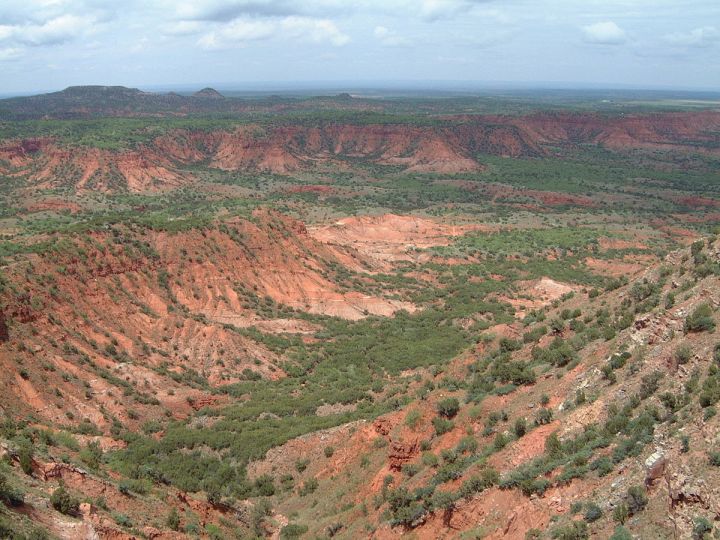
The third largest state park in Texas, Caprock Canyons is located in Briscoe County, about 100 miles southeast of Amarillo. It joins the Blanco Canyon on the Llano Estacado, although it is much larger, spanning over 15,000 acres. You'll see so much flora and fauna unique to the area, including mesquite, cacti, junipers, Barbary sheep, mule deer, black-tailed prairie dogs, and more.
Advertisement
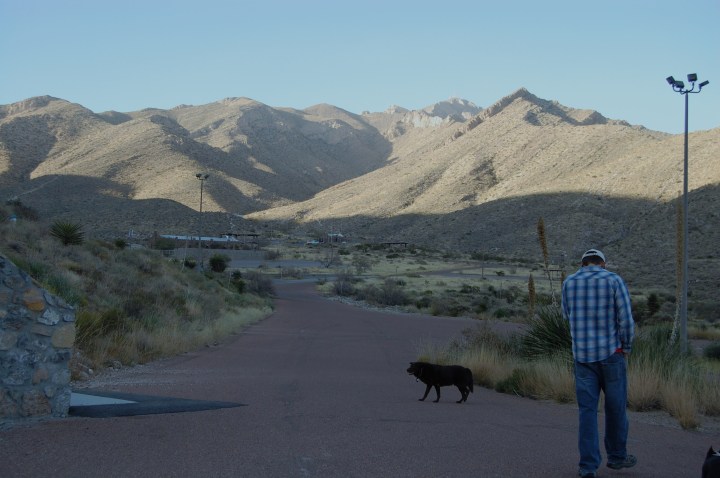
McKelligon Canyon, located in El Paso's Franklin Mountains, is a popular destination for rock climbing, hiking, biking, and running. There are a variety of trails to choose from, so there's something for people of all fitness levels - and the park is open year round! The canyon is also home to a 1500-seat amphitheater where the play, "Viva El Paso!" is performed.

McKittrick Canyon is located within the Guadalupe Mountains, separated from the national park and operated as a "day use" area with limited hours. The trail features vegetation typical of the Chihuahuan Desert - that is, until you get farther up and start to see oak, ash, and maple trees. Fall is by far the best time to visit because the trees come alive with vibrant foliage and contrast sharply with the surrounding desert.
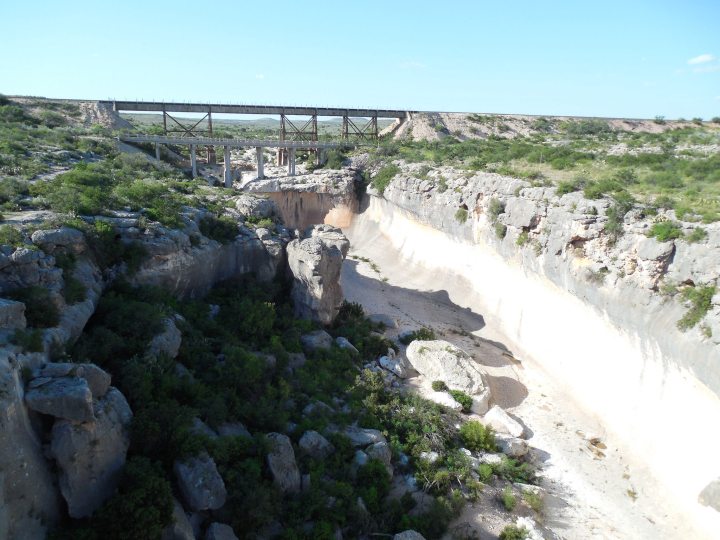
This canyon is a tributary of the Rio Grande, and its name is due to the fact that it's approximately one mile long. It was added to the National Register of Historic Places in 1970 upon discovery of several Native American shelters that were used up to 13,500 years ago. Today, it's commonly referred to as "Eagle Nest Canyon" because of a nesting pair of golden eagles observed nearby.

Yellow House Canyon is another canyon on the Llano Estacado. It's about 20 miles long and begins in the city of Lubbock, where a series of small dams known as Canyon Lakes have been constructed. Here, there are conservation areas and plenty of recreational opportunities on the water. Outside the city limits, the canyon widens and deepens, and two dams were built to form Buffalo Springs Lake and Lake Ransom Canyon.
Have you ever been to any of these canyons? Which one is your favorite?
OnlyInYourState may earn compensation through affiliate links in this article. As an Amazon Associate, we earn from qualifying purchases.


